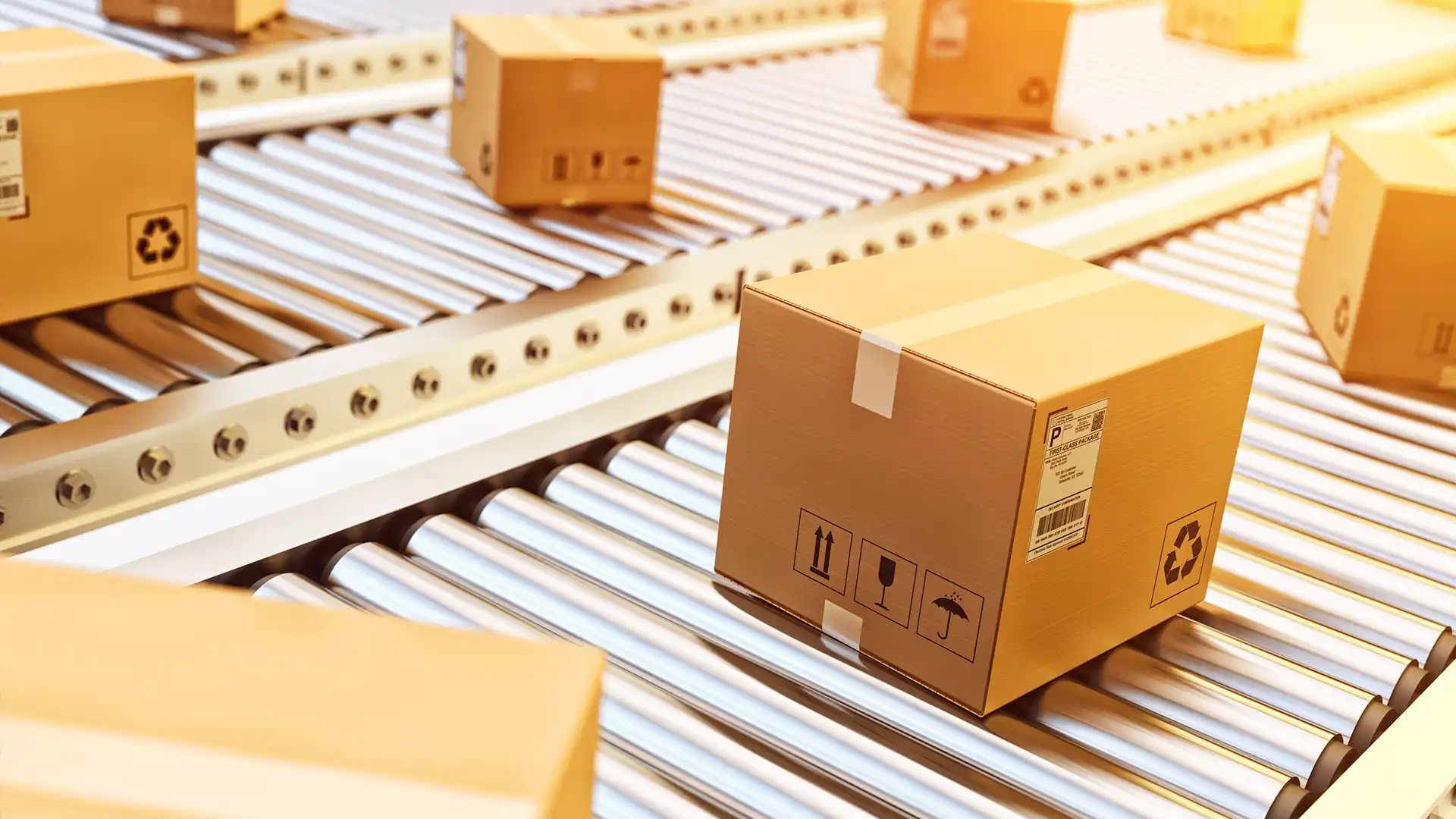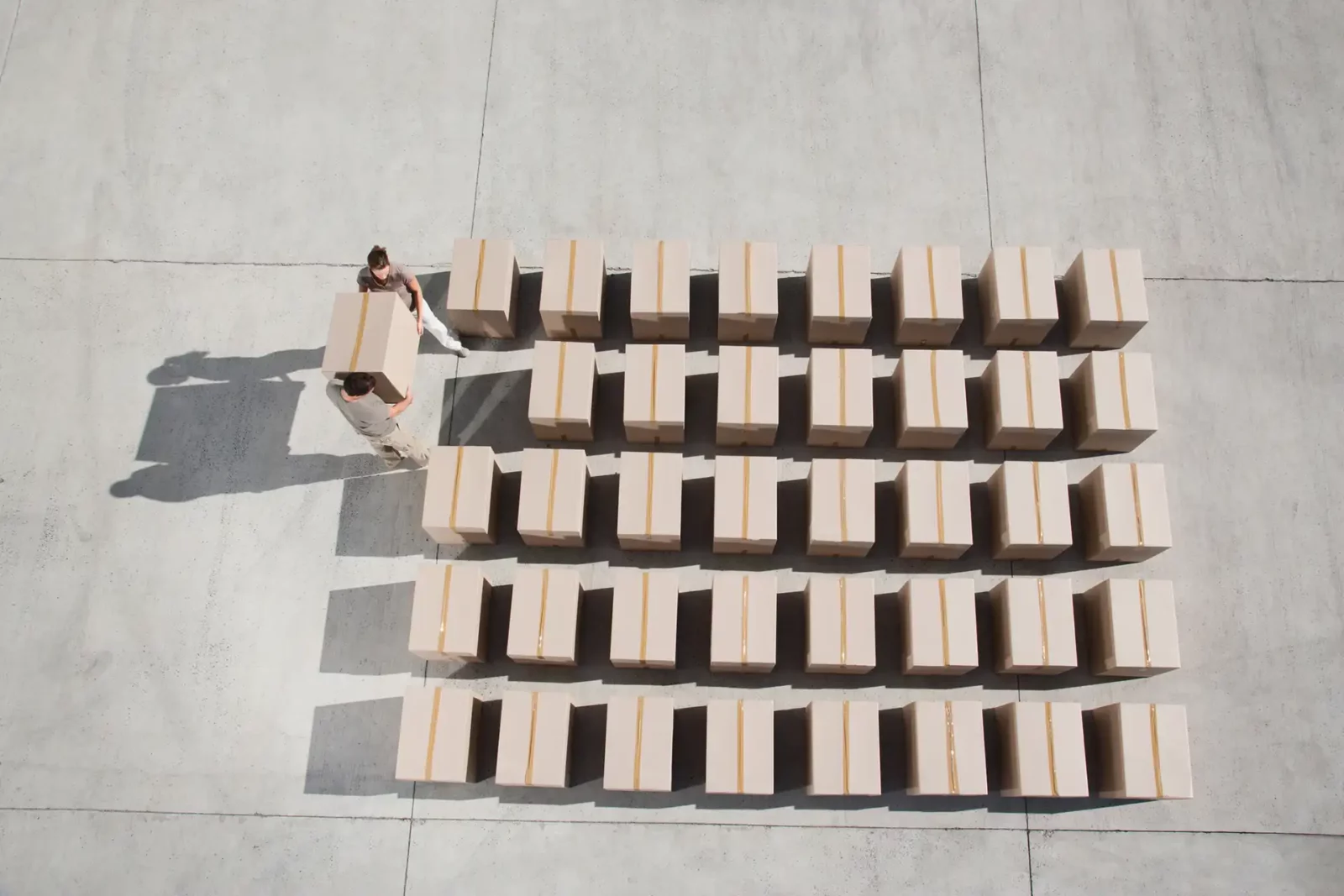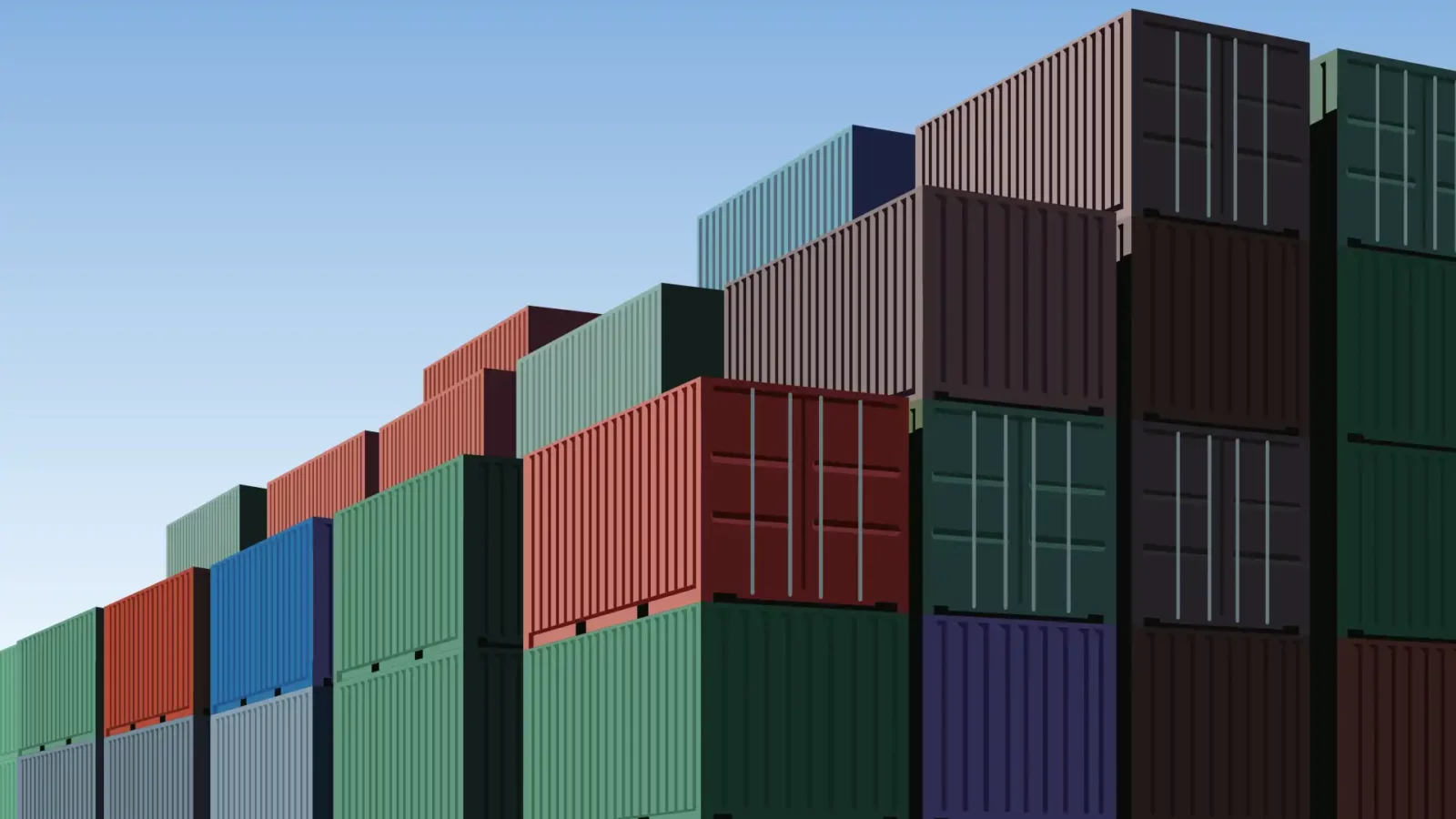Fast delivery times are the new norm thanks in part to big distributors like Amazon.com. Businesses that fail to adapt to rising customer expectations of fast delivery, risk losing their competitiveness.
Quick delivery places an emphasis on the chain of operations that starts with the order placement and ends with the delivery at the customer’s doorstep. Of these operations, inefficient pick, pack, and shipping is often the bottleneck. The reasons for this problem include the labour intensive nature of picking and packing, and the failure of many businesses to give the problem the attention it deserves.
When it comes to eliminating the picking and packing bottleneck, speed and accuracy is the name of the game. If your pickers are slow on average, the resulting slower deliveries mean losing customers to competitors with faster delivery times. Hiring more pickers to compensate will help, but there’s a limit to this strategy because too many pickers crowded within the aisles of your warehouse increases inefficiency as well as your labor costs.
Picking errors also contribute to the picking and packing bottleneck. These errors not only contribute to customer dissatisfaction, but are costly to rectify. Picking errors mean that items are shipped out, shipped back, and correct items are then shipped out. Additional losses include extra processing and restocking of returned items.
Techniques that improve picking and packing efficiency include:
- Optimising warehouse layout by strategic location of big moving items.
- Minimising picker movement through smart pick sequencing of the items of each order, as well as smart grouping of orders to be picked. Other methods of minimising picker movement include the use of conveying systems to bring the product to the picker and the use of zone picking. Minimisation of picker movement not only saves time but reduces fatigue.
- Minimising the handling of picked items. The more times an item is handled, the greater the risk of error. Picking directly into shipping containers reduces the handling of each product to a single person.
- Maximising the use of technology. These technologies include bar coding and scanning, RF scanning, pick to light, and voice directed picking.
- Using a warehouse management system (WMS). A WMS serves to integrate picking and packing with the other operations that transform an order into a customer delivery. These operations include sales, customer service, inventory management, supply chain management, and shipping. A WMS keeps real-time track of orders, inventory size, product location and its flow. The picking and packing technologies previously described aren't fully exploited unless they are tied into a good warehouse management system.
To get a fuller appreciation of what’s possible with the right WMS, contact us today.







